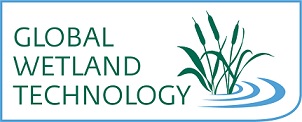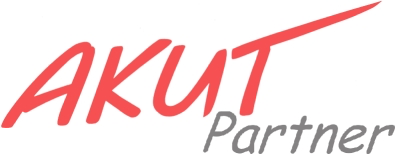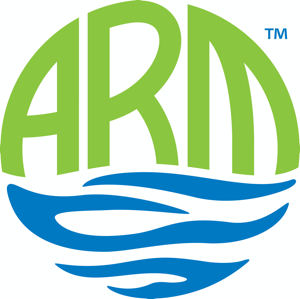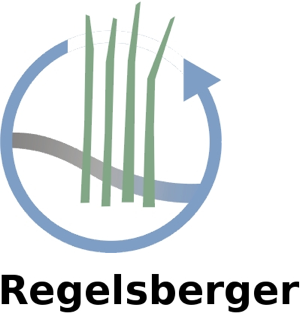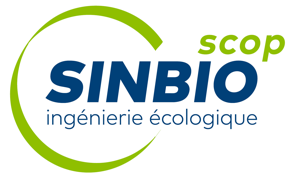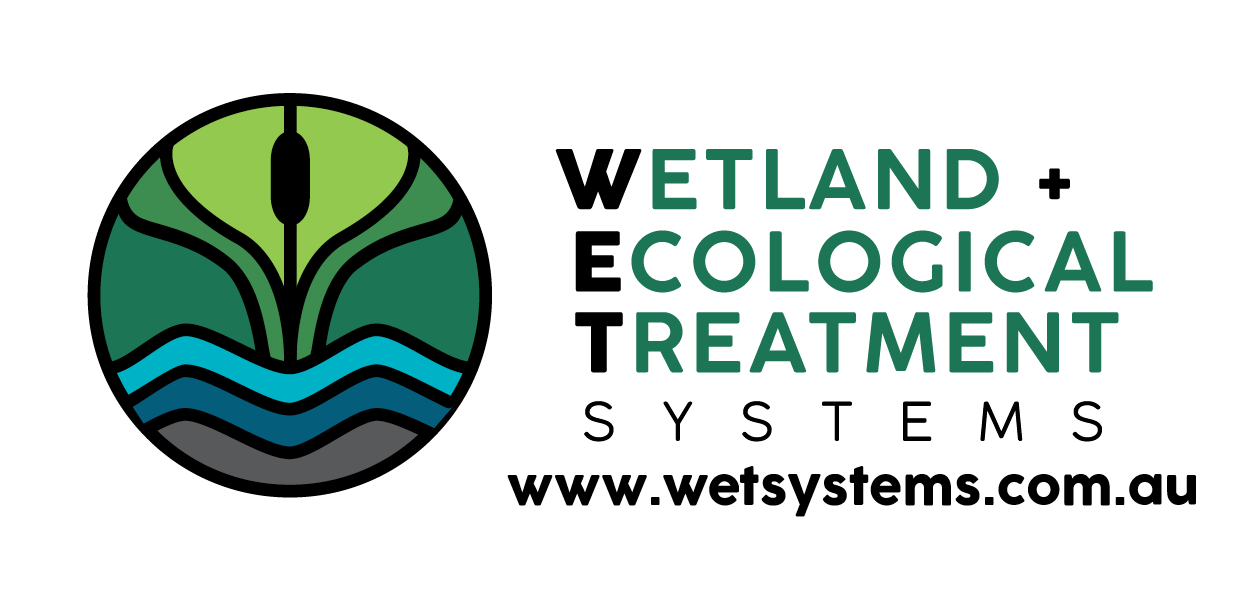Teeside: A 1000 m2, 3 stage passive vertical flow reed bed system, treating run off from an international airport fire fighting training facility.
Teeside Airport
Additional Info
- In operation since: 1992
- Type of wastewater treated: Industrial: other
- Type of wastewater (other): Run Off, Fire Fighting Training Ground
- Hydraulic load: 130 m3/d
- Organic load (PE): PE
- Organic design load (kg BOD/day): 105 Kg/d of COD
- Location: County Durham, UK
- Client: International Fire Training Centre
- Stage 1 type: Vertical flow, non-saturated
- Stage 1 surface area (m²): 330
- Stage 2 type: Vertical flow, unsaturated
- Stage 2 surface area (m²): 330
- Stage 3 type: Vertical flow, unsaturated
- Stage 3 surface area (m²): 330
- Cost: £153,000.00
-
Needs:
The International Fire Training Centre (IFTC) is based at Teeside Airport in County Durham. They provide specific aviation based training for fire crews from around the world running session 4-5 times per day. Significant amounts of water contaminated with hydrocarbons and fire fighting foam is generated in the form of run-off from the site. The IFTC required that this be treated to Environment Agency specifications prior to discharge into a local watercourse. They also requested that ARM Ltd consider recycling of the water for reuse on the training ground. The required distance of the training ground from infrastructure necessitated the use of a decentralised treatment solution. Flows and loads were variable based on client demand and thus required some form of balancing. Also, the training ground, being hard standing, has a significant rainwater catchment and so in quiet periods a facility was needed for this water, being within consent, to bypass the treatment system and discharge to watercourse. Average flows of 130m3/d were determined with average loads of 808 mg/l COD. Discharge parameters were set at 20 mg/l BOD and 30 mg/l suspended solids.
-
Solution:
A surface water collection system was installed which delivered the effluent into an oil separator. The collected oil could then be reused as an ignition source for fire training purposes. Water then passes into a ‘dirty water’ lagoon where flows and loads are balanced. These flows are then pumped forward through a passive three stage vertical flow wetland populated with Phragmites australis with a total area of approximately 1000m2. Treated water is then delivered into a ‘clean water’ lagoon which provides a source of recycled fire fighting water. In periods of low use this water is discharged to watercourse. A bypass was installed allowing water to pass directly from the training ground through an oil interceptor to the watercourse.
-
Benefits:
The solution provides the client with a sustainable means of recycling contaminated training ground water for reuse as well as allowing the discharge of excess water within consent. The installation of the bi-pass system meant that the wetland did not need to be excessively large and costly to accommodate the additional hydraulic load associated with rainfall events

